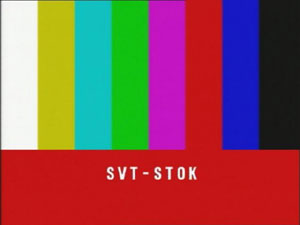Mike McLane’s son is colorblind but they didn’t really found out about it until his son was in the 4th grade. By knowing about his deficiency only afterwards teachers could support him and so Mike’s son didn’t receive bad test results anymore just because of his red-green color blindness.
That is why Mike created a Color Blindness Testing Poster. It can be used as an initial screening. Only if a child can not see the numbers and signs on it a doctor should be consulted for proper testing. The poster works very well with children of age 5 or 6 years, as Mike writes on his web site.
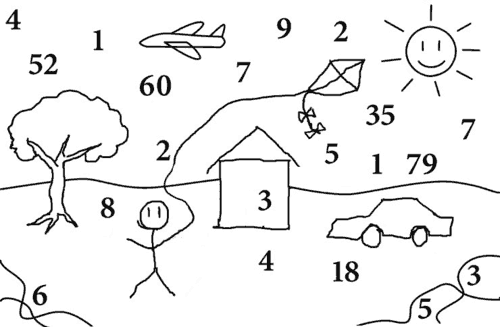
Hover over the image to unveil the signs
As for my person I just feel like a blind man when I look at all the dots. Only at the bottom to the left and right side I can see some lines and that’s about it. Nothing else! Well, if I look very close I can see some numbers. Somewhere I spotted the number 99 until my wife corrected me — it is the number 79.
There are approximately 8% of men affected by color blindness. As a conclusion there is about in every school class a child which has some kind of color vision deficiency and usually this isn’t recognized immediately. But if the teacher and the child would know about it there learning experience could be improved a lot.
Color blindness is frustrating not only for the affected child but also for teachers. It can lead to unexplainable test results, completely wrong answers and misunderstandings. If color blindness is understood a teacher can support affected children by choosing correct colors, supporting colors with signs and be a helping hand if colors are the source of understanding for example in biology classes.
Arlene Evans found out about this lack of information when she was working as a school teacher. That’s why she wrote a book on color vision deficiency for children to explain this phenomenon in simple words and pictures. She also gives some hints and tipps for everyday life. The book is not only a good source of information for children but also for teachers and helps to better understand color blindness and how you can support children affected by this deficiency.
Dear teachers, please learn more about color blindness, try to understand it, be aware of it whenever colors are involved or even buy one of this posters. You are confronted with color blindness every day — even if you don’t know about it yet.
Related articles:
Arlene Evans Books about Color Blindness
Colorblind Population
Color Blindness Test by Dr Shinobu Ishihara
Direct link to the Color Blindness Testing Poster web site.

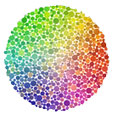
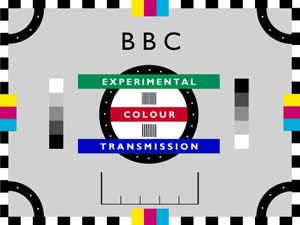 Do you remember the early days of color television? Where only a handful of TV channels existed and programs were not running 24 hours a day and 7 days a week. Those days were the glory days of test patterns, also known as test cards.
Do you remember the early days of color television? Where only a handful of TV channels existed and programs were not running 24 hours a day and 7 days a week. Those days were the glory days of test patterns, also known as test cards.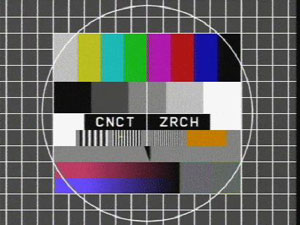 Seen through colorblind eyes a modern LCD computer monitor has a many times better color reproduction than any color television. When looking at these pictures this feeling gets supported very much. The colors feel dull and almost interfere with each other. There is not a clear and crisp vision of the colors at all. This observation raises the question to me: Does somebody affected by color blindness have an even worse color impression on a color television compared to normal vision?
Seen through colorblind eyes a modern LCD computer monitor has a many times better color reproduction than any color television. When looking at these pictures this feeling gets supported very much. The colors feel dull and almost interfere with each other. There is not a clear and crisp vision of the colors at all. This observation raises the question to me: Does somebody affected by color blindness have an even worse color impression on a color television compared to normal vision?